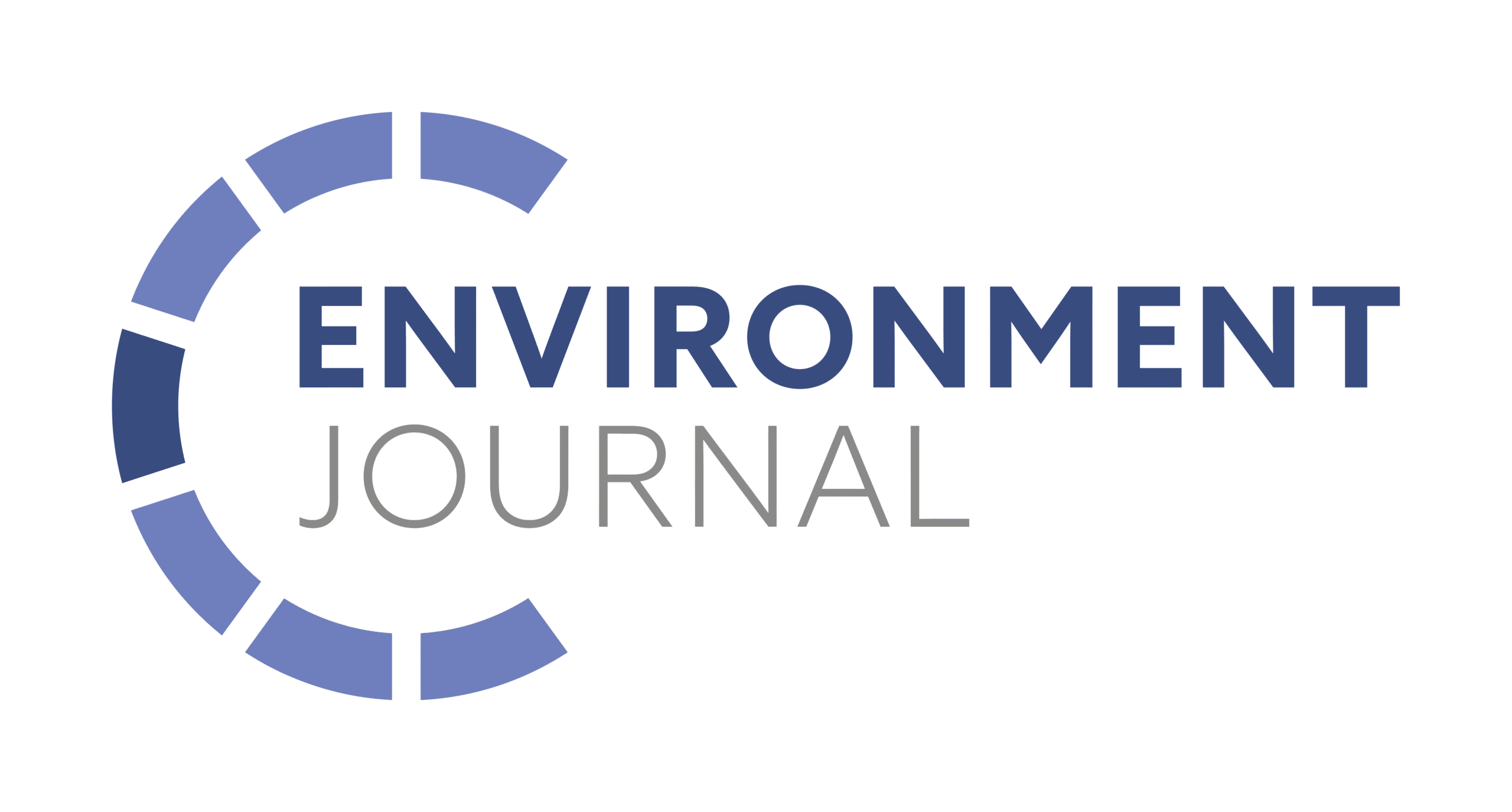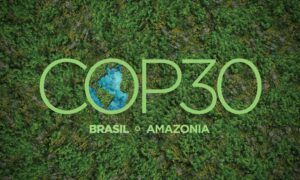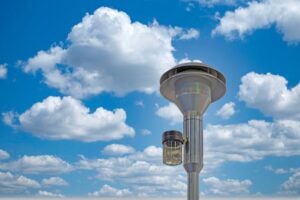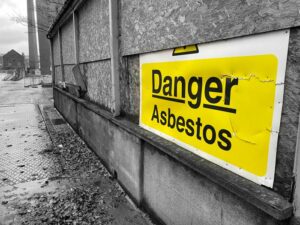Scientists have studied the 2023 eruption of the Sundhnúkagígar volcano in Iceland and found that the sulphur dioxide it released seriously affected air quality up to 2,000km away in the arctic.
The team, led by Prof. Si Fuqi and Prof. Luo Yuhan from the Hefei Institutes of Physical Science of the Chinese Academy of Sciences, used satellites equipped with high-resolution sensors that can detect trace gases more accurately than older technology. These hyperspectral satellites collect data in different light wavelengths, making it easier to identify and track air pollutants. By combining this satellite data with weather information and ground-based sensors, they could get a clearer picture of how the volcanic pollution spread through the atmosphere.
Iceland has over 130 volcanoes, with around 50 still active. One of them, the Sundhnúkagígar volcano on the Reykjanes Peninsula, has erupted multiple times since 2023 and is still active. Ash from these eruptions can drift into the Arctic and contribute to ‘Arctic haze’ air pollution that forms under certain weather conditions.
The satellite data showed that the volcano released a large amount of SO₂ which was, in the first instance, carried to the south and east toward Scotland and Ireland, and then north into the Arctic. By August 26th the Arctic saw SO₂ levels spike to about 40 times the normal amount. Ground sensors also showed that the pollution reached up to 1 km above the surface.
It was found that even this far away, 80% of the sulphur dioxide pollution in Ny-Ålesund, a remote Arctic region, was caused by the eruption in Iceland.
We have reported on such phenomena in the past. Last year Iceland’s Sýlingarfell volcano pushed sulphur dioxide in Scotland to levels not seen since the 1970s.
In the latest research , the team say: ‘The products we demonstrated will serve as essential data sources for global volcano monitoring in the future. In the future, the multi-satellite fusion product is expected to achieve hourly resolution, which can accurately identify the diffusion of volcano gases.
‘Additionally, it is important to highlight that in the process of global warming, the continued activity of volcanoes in the permafrost regions will further exacerbate the melting of local glaciers and permafrost, thus breaking the gravitational balance of the overlying crust, leading to further intensification of volcanic activity. Therefore, multi-instrument, multi-scale, and high-resolution observations are essential to monitor the volcanic activity in these regions and valuate its impacts on regional and global climate, as well as the broader environment.’
















Leave a Reply